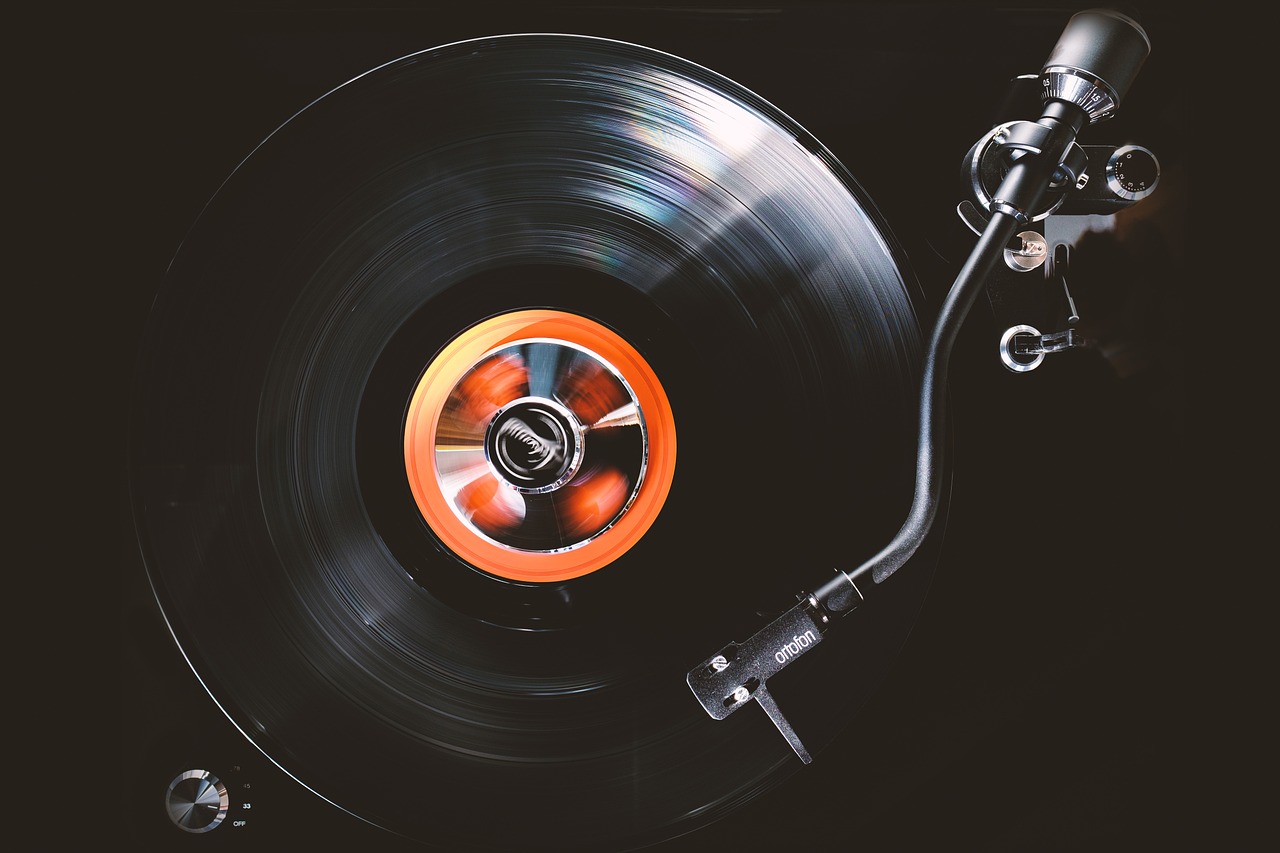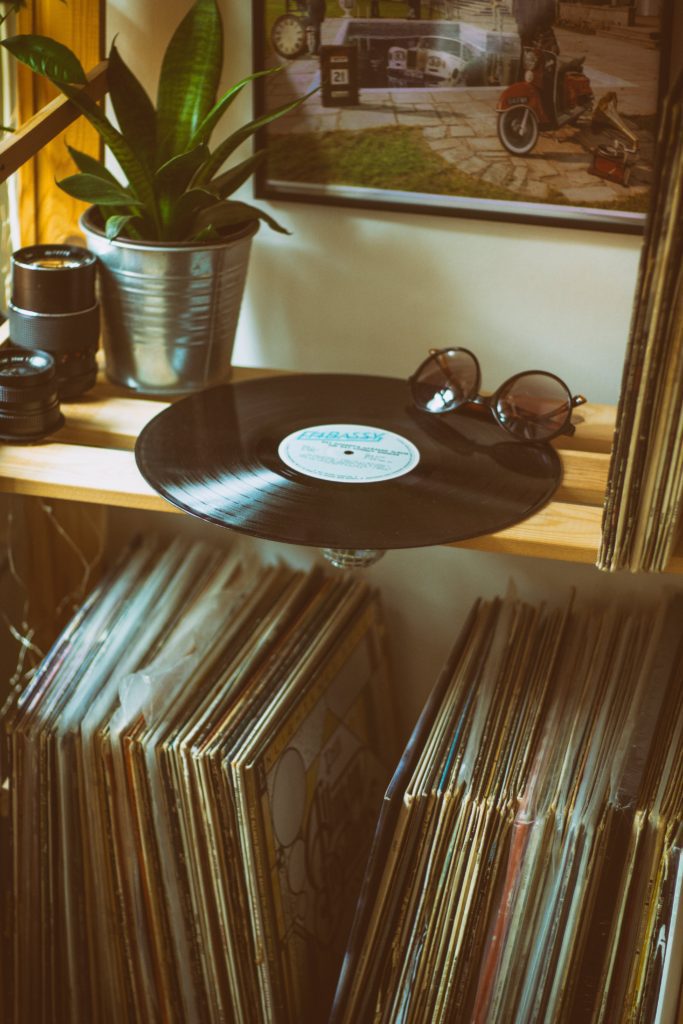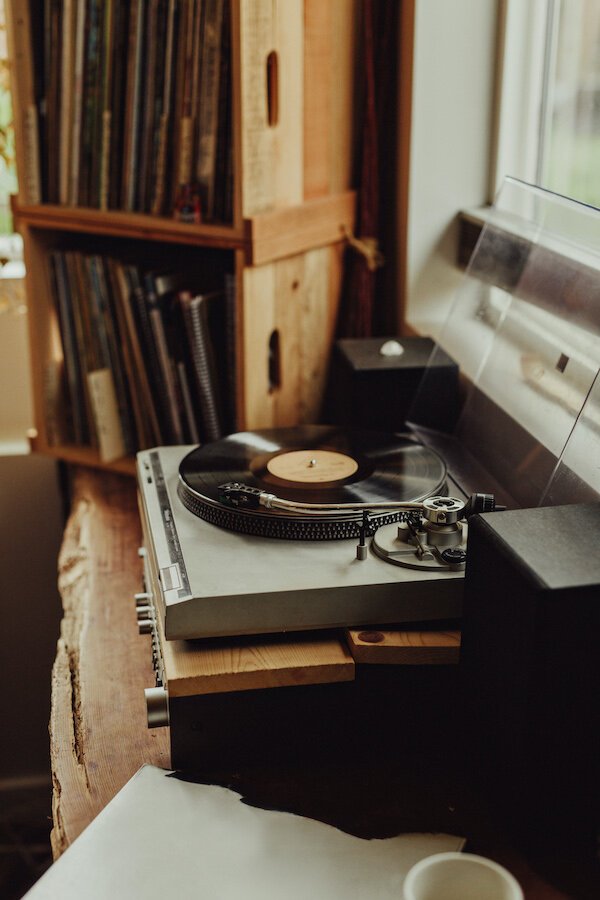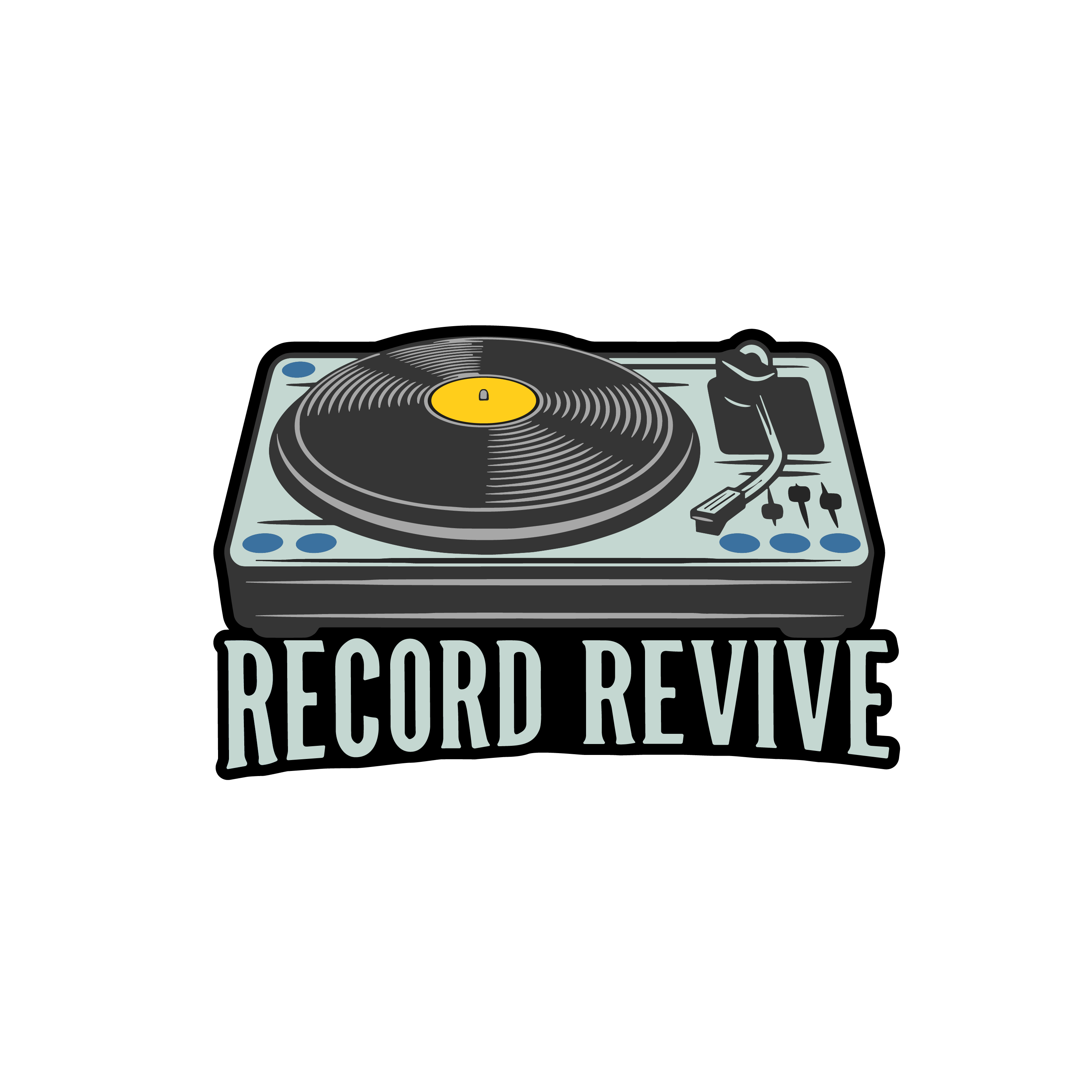How to Fix Turntable Audio Issues: The Ultimate Troubleshooting Guide
Vinyl records provide a warm, rich sound that digital formats often can’t replicate. However, turntables are delicate machines, and even small issues can lead to poor audio quality. If your records don’t sound as crisp as they should, don’t worry. This guide will walk you through how to fix turntable audio issues. Whether you’re experiencing skipping, distorted sound, or excessive surface noise, these troubleshooting steps will help optimize your turntable’s audio quality.

I’ve also written guides for how to clean your records properly here, as well as a guide on basic turntable components here. Both are good reads for anyone new to the hobby.
1. Turntable Skipping or Jumping
One of the most frustrating problems vinyl collectors face is when a record skips or the needle jumps. Thankfully this is usually one of the easier problems to solve when it comes to knowing how to fix turntable audio. This issue can stem from multiple causes, including improper tracking force, an unbalanced tonearm, or dirty records. If you need a guide on how to setup your brand new turntable I have written one here.
How to Fix It:
- Adjust the Tracking Force: Most turntables allow you to adjust the tracking force via a counterweight on the tonearm. Refer to your cartridge’s recommended tracking force and adjust the counterweight accordingly.
- Balance the Tonearm: Ensure the tonearm is correctly balanced by setting the anti-skate to zero and adjusting the counterweight until the arm floats parallel to the platter. Then, set the tracking force correctly.
- Clean Your Records: Dust and dirt can cause the needle to skip. Use a carbon fiber brush or a vinyl cleaning solution to remove debris before playing.
- Check for Warped Records: If a record is warped, try using a record weight or clamp to flatten it during playback.
- Inspect the Platter Mat: A worn-out or uneven mat can cause instability. Replace it if necessary.
Not sure what cleaning kit to buy? I’ve provided a link here, to one that I think works best for everyone.
2. Distorted Sound or Muffled Audio
If your records sound distorted or muffled, it could be due to a worn-out stylus, misalignment, or dirty grooves. Ensuring proper setup is essential for knowing how to fix turntable audio issues and improving overall sound quality.
How to Fix It:
- Inspect and Replace the Stylus: A worn-out stylus can cause distortion. If it’s been over 500-1000 hours of playtime, replace it.
- Align the Cartridge Properly: Misalignment can affect sound quality. Use a cartridge alignment protractor to ensure it is positioned correctly.
- Clean the Stylus: Dirt on the stylus can lead to muffled audio. Use a stylus brush or cleaning gel to remove buildup.
- Check the Phono Preamp: If using an external preamp, ensure it matches your cartridge type (MM or MC) and isn’t overloading your system.
- Evaluate Your Amplifier and Speakers: If distortion persists, your amplifier or speakers may be the issue rather than the turntable itself.
3. Excessive Surface Noise and Crackling
Some level of surface noise is normal on vinyl, but excessive crackling or static can ruin your listening experience.
How to Fix It:
- Clean Your Records Thoroughly: Static buildup and dust can cause crackling. A record cleaning machine or anti-static brush can help reduce surface noise.
- Use an Anti-Static Mat or Sleeve: Storing records in anti-static inner sleeves can prevent buildup over time.
- Ground Your Turntable: A poorly grounded turntable can introduce noise. Ensure your ground wire is properly connected to your amplifier or receiver.
- Check Your RCA Cables: Poor-quality or loose cables can introduce noise. Upgrade to shielded RCA cables if needed.
- Monitor Humidity Levels: Extremely dry environments can increase static. A humidifier can help prevent excessive static buildup.

4. No Sound or Only One Channel Playing
If you’re not getting any sound or only one channel is playing, the issue could be with the cartridge, wiring, or connections.
How to Fix It:
- Ensure the Cartridge Wires Are Secure: Loose or incorrectly connected wires in the headshell can result in missing audio channels.
- Check the RCA Cables: A faulty or loose RCA cable can cause one channel to drop out. Try swapping cables to isolate the problem.
- Test a Different Input: If your turntable has a built-in preamp, test both phono and line outputs to see if one works.
- Inspect the Headshell Connection: Some turntables allow the headshell to be removed. Unscrew it, clean the contacts, and reattach it securely.
- Ensure Your Speakers Are Functioning: Try switching speaker outputs or using headphones to determine if the issue is with the turntable or another component.
5. Turntable Speed Issues (Too Fast or Too Slow)
If your turntable plays records at the wrong speed, it can make the music sound unnatural or warped.

How to Fix It:
- Check the Belt (for Belt-Drive Turntables): A worn-out or stretched belt can cause speed inconsistencies. Replace it if necessary.
- Clean the Motor Pulley and Platter: Dust and grime can interfere with rotation. Use isopropyl alcohol to clean these parts.
- Adjust the Pitch Control: If your turntable has a pitch adjustment feature, fine-tune it until the speed stabilizes.
- Lubricate the Bearing (for Direct-Drive Turntables): Lack of lubrication can cause speed fluctuations. Use a small amount of turntable oil to keep it running smoothly.
- Use a Strobe Disc to Check Speed Accuracy: This tool helps verify whether your turntable is spinning at the correct speed.
6. Humming or Buzzing Noise
A persistent hum or buzz can be a sign of grounding issues, electromagnetic interference, or bad cables.
How to Fix It:
- Properly Ground Your Turntable: If your turntable has a ground wire, connect it to the ground terminal on your amplifier or receiver.
- Move Away from Electronics: Placing the turntable too close to a router, power strip, or other electronic devices can cause interference.
- Use Better Shielded Cables: Upgrading to higher-quality shielded RCA cables can reduce unwanted noise.
- Check for Loose Connections: Ensure all cables are securely plugged in and replace any damaged ones.
- Try a Different Power Outlet: Electrical interference from other devices plugged into the same circuit can sometimes cause humming.
7. Turntable Won’t Spin or Starts and Stops Randomly
If your platter isn’t spinning or stops unexpectedly, there may be an issue with the belt, motor, or power supply. This can be the most time consuming process in knowing how to fix turntable audio yourself.
How to Fix It:
- Inspect and Replace the Belt: On belt-driven turntables, a loose or broken belt will prevent the platter from spinning. Replace it if necessary.
- Check the Motor: If the motor isn’t running, it could be a power supply issue. Ensure the power adapter is functioning properly.
- Clean and Lubricate Moving Parts: Lack of lubrication can cause sticking. A small amount of synthetic oil can help.
- Look for a Faulty Start/Stop Switch: Sometimes, dust buildup or wear can cause start/stop issues. Clean the contacts with isopropyl alcohol.
- Ensure Proper Platter Placement: If the platter isn’t sitting correctly, the turntable may struggle to spin smoothly.
Conclusion
Knowing how to fix turntable audio issues can be frustrating, but many problems have simple solutions. Whether it’s a skipping needle, distorted sound, or speed inconsistencies, maintaining your turntable with regular cleaning, proper setup, and high-quality components will help ensure the best sound quality. By following this guide, you’ll be well-equipped to fix turntable audio issues and keep your vinyl collection sounding pristine.
If you have persistent issues, consulting a professional technician or considering an upgrade might be your best option. Happy spinning!


Leave a Reply
You must be logged in to post a comment.